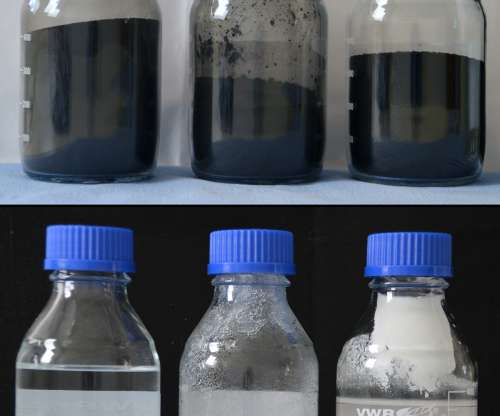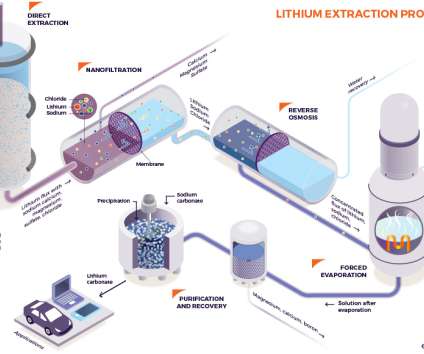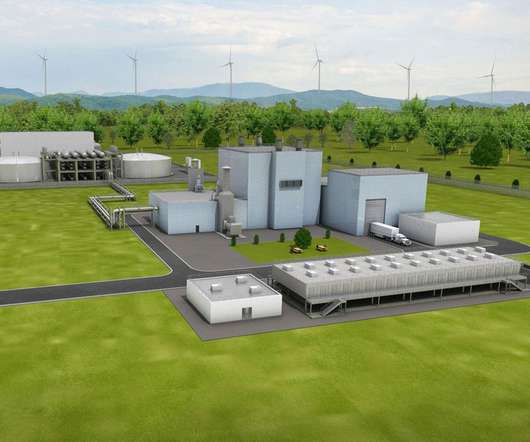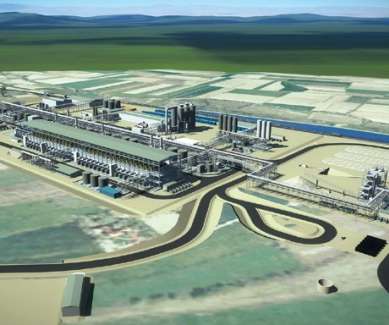SiGNa Chemistry Demonstrates Sodium Silicate-Based Hydrogen Generation System for Portable Fuel Cells
Green Car Congress
NOVEMBER 24, 2009
Prototype sodium silicate hydrogen generation system as presented earlier this year at DOE merit review. The H300 utilizes real-time swappable cartridges that generate hydrogen on demand using SiGNa’s proprietary sodium silicide (NaSi) powder. Sodium-Silica-Gel: 2Na-SG + H 2 O → H 2 + Na 2 Si 2 O 5. Click to enlarge.

























Let's personalize your content